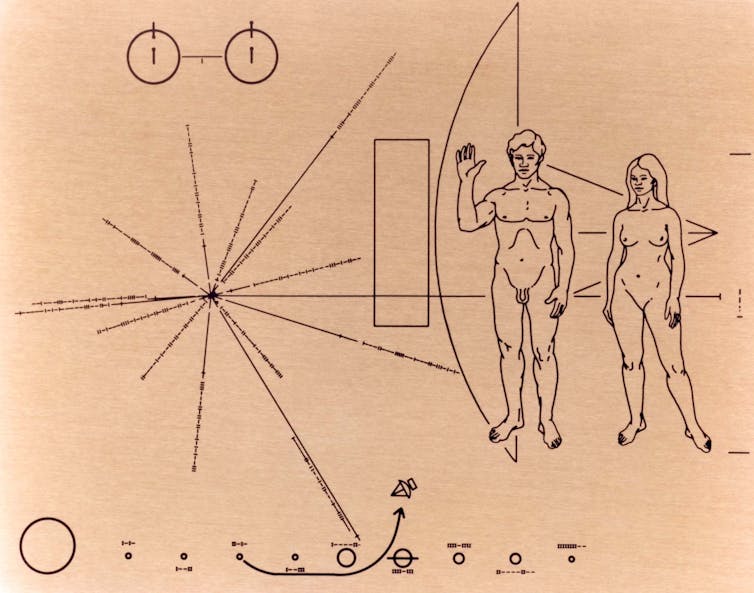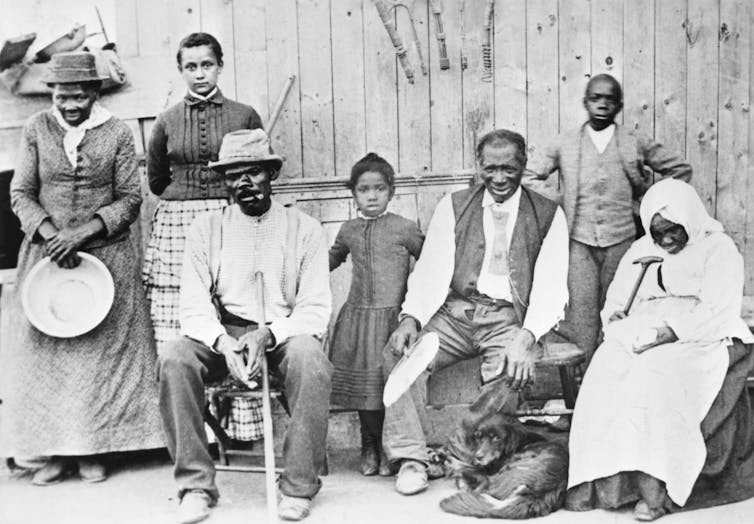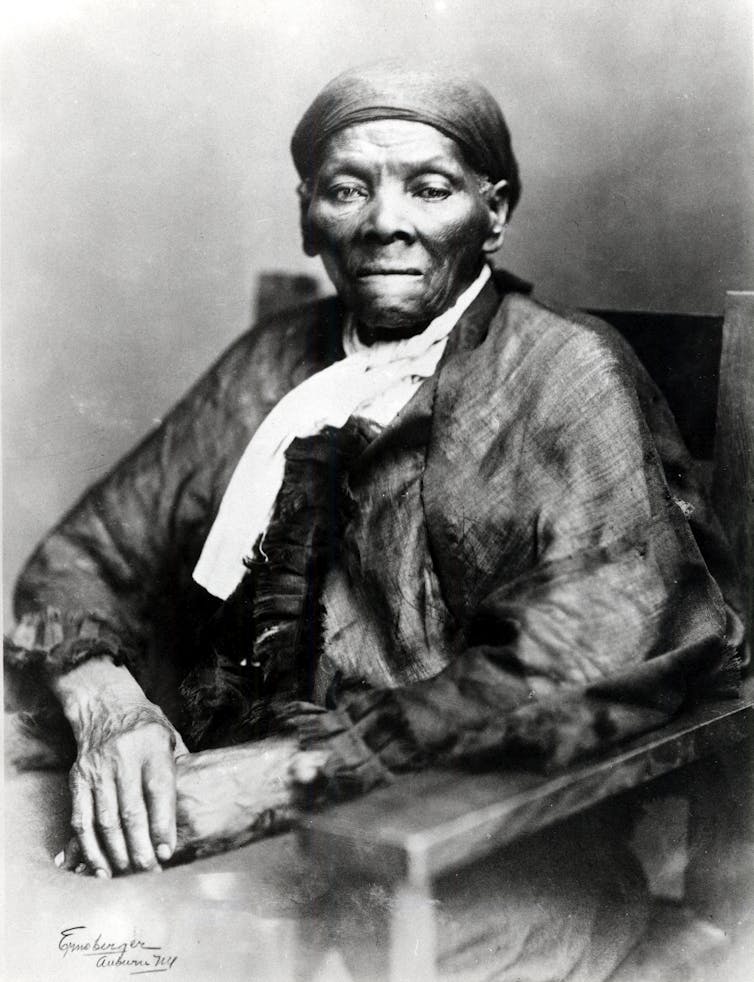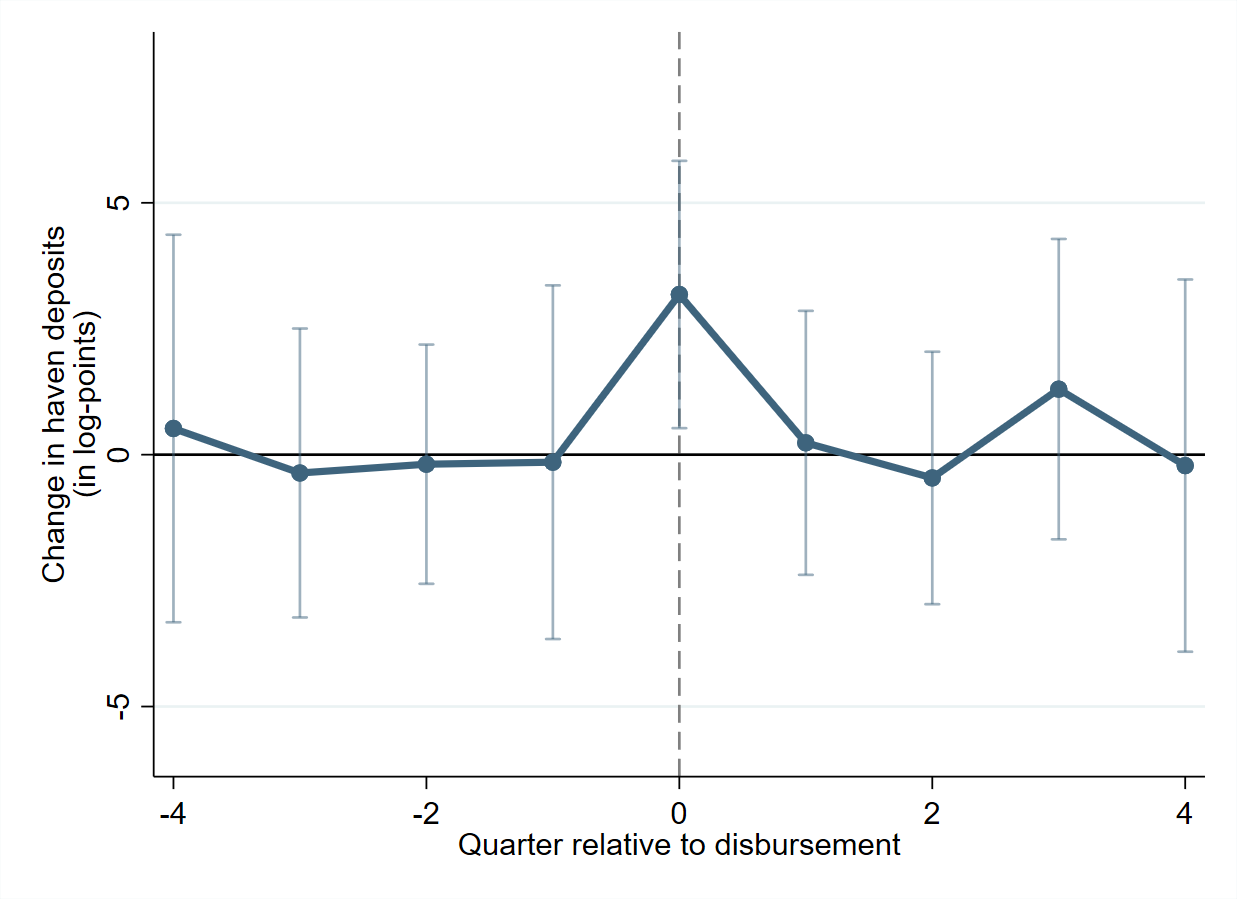Bob Brigham
April 30, 2022

Photo by Eelco Böhtlingk on Unsplash
Former Donald Trump evangelical advisor Dr. Michael D. Evans created a stir when he announced he would be leading a "March of the Living" from Auschwitz to Birkenau in Poland to commemorate Yom HaShoah, a Holocaust Remembrance Day.
Writing in Religion Dispatches, Ben Lorber and Aidan Orly wrote "progressive Jewish activists such as ourselves have long expressed discomfort over the nationalist, militarist version of Holocaust memory on display at the March of the Living. This year, however, we were doubly concerned when headlines briefly declared that prominent Christian Zionist leader and antisemite Mike Evans would be leading the march."
"Within hours, March organizers clarified that although Evans would be attending, “he has no official role in the planned events.” But why would Evans have the chutzpah to jubilantly make such a patently false declaration to the press? And what does this tell us about the contemporary Christian Zionist movement? Among other things it tells us that in spite of (or rather, in line with) the movement’s support for an expansionist, reactionary, and exclusively Jewish Israel, Christian Zionism is one of the largest antisemitic movements in the world today," they wrote.
In 2017, Evans visited the White House to present Trump a Friends of Zion Award.
"Evans’ brand of antisemitism, masked as philosemitism and enthusiastic support for Israel, is common amongst Christian Zionist leaders. These leaders tend to believe Jewish ingathering in Israel is key to hastening the End Times, in which Jesus will return to Earth to bring salvation to Christians while non-Christians, including Muslims and Jews, will either accept Jesus as their Savior or face eternal damnation and physical annihilation," they wrote. "Many right-wing Israeli outlets celebrated the false news that Evans would lead the march, reinforcing the close relationship between Christian Zionist leaders and the Israeli Right in the post-Trump era."
Read the full analysis here.
Special Message Battle for the Soul of America Dr Mike Evans





















 @Pixabay
@Pixabay

